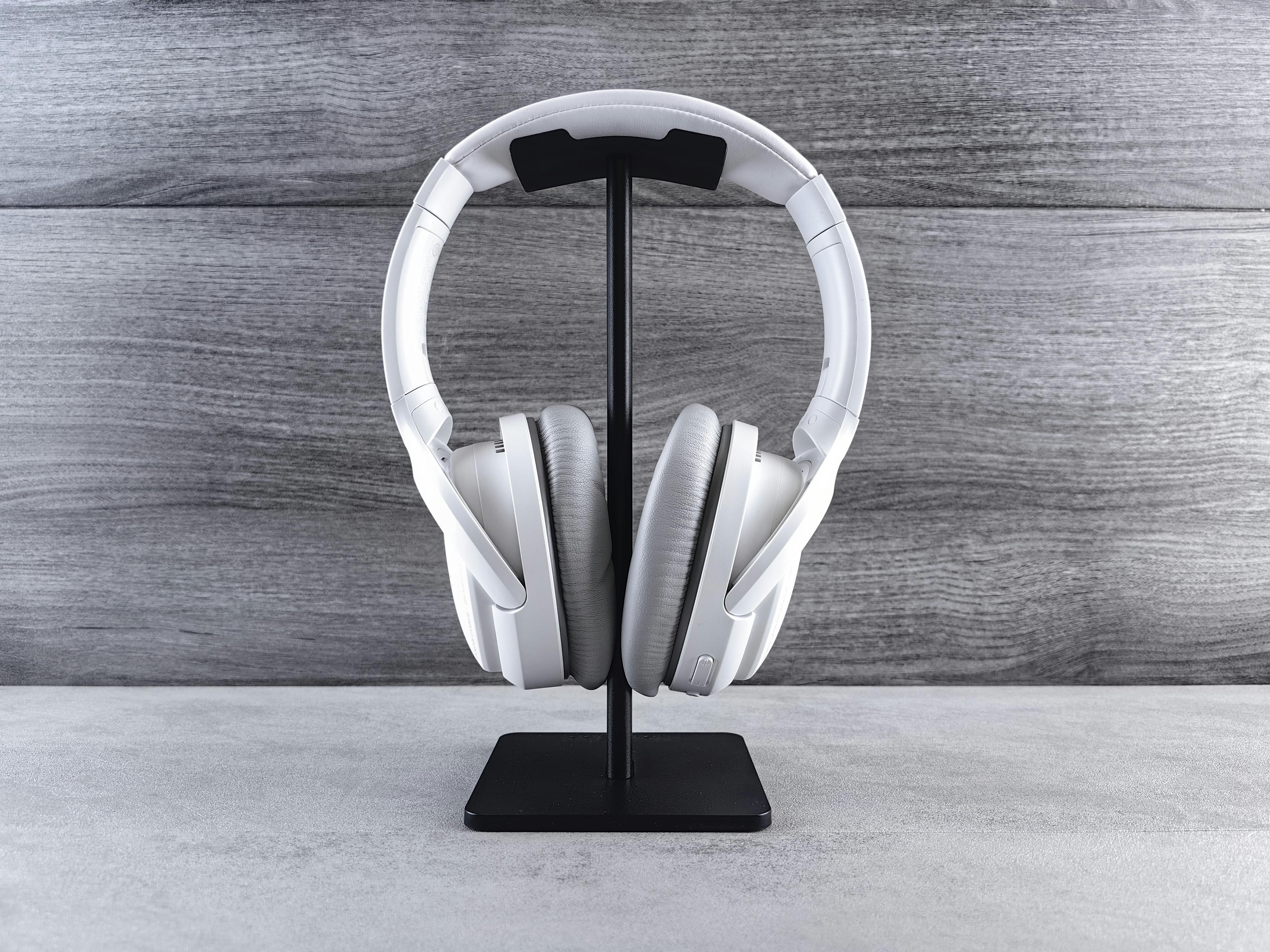Maintenance, Hygiene, and Shared-Use Guidelines for Devices
Shared-use head-mounted devices require consistent maintenance and clear hygiene routines to protect users and prolong equipment life. This article outlines practical cleaning steps, storage and calibration practices, and policies for multiple users, while addressing technical considerations such as tracking systems, ergonomics, and audio care. Following these guidelines helps preserve immersion, reduce wear on sensors and haptics, and keep shared deployments suitable for education, demonstrations, or public experiences.

How do immersion and haptics affect cleaning?
Maintaining components that contribute to immersion—such as foam face pads, haptic modules, and attached controllers—reduces odor, bacterial buildup, and degrading materials. Remove detachable face cushions and clean them according to manufacturer guidance: many are wipeable with 70% isopropyl alcohol or machine-washable covers on low heat. For haptics and vibration motors, avoid submersion and use a lightly damp microfiber cloth to remove sweat and dust. Regular inspection for cracks, softened foam, or damaged straps prevents loss of immersion and preserves fit. Rotate consumable parts where possible to extend service life and support a consistent user experience.
How should tracking and inside-out sensors be maintained?
Optical tracking and inside-out camera arrays need unobstructed views for reliable performance. Keep lenses and sensor housings free of fingerprints and dust using a dry lens brush or lightly wiped microfiber cloth; avoid harsh solvents on coatings. Check mounting points and external markers for wear in systems that use outside-in tracking, and ensure inside-out sensors are not obscured by stickers or debris. Periodic firmware updates can address tracking stability; schedule checks before high-usage periods. When transporting devices between environments, store them in padded cases to prevent sensor misalignment and maintain consistent calibration.
What to check for latency, resolution, and framerate?
Technical performance factors like latency, resolution, and framerate directly affect perceived quality and user comfort. Maintain clean vents and unobstructed cooling to prevent thermal throttling that raises latency or drops framerate. For tethered and wireless setups, verify cable integrity and wireless antenna positions to reduce packet loss that can affect rendering and streaming. Keep software drivers and GPU firmware current to support optimal resolution and foveation techniques; outdated drivers can cause stuttering or frame drops. Log performance metrics periodically, especially after firmware updates or major software changes, to spot regressions early.
How to manage wireless, streaming, and rendering hygiene?
Wireless adapters, streaming clients, and local rendering machines need coordinated maintenance to ensure consistent sessions. For wireless systems, keep batteries charged and inspect contacts for corrosion; clean connectors with isopropyl alcohol if necessary. When streaming content, verify network bandwidth and prioritize traffic to reduce compression artifacts that harm immersion. Maintain rendering machines by clearing temporary files, updating rendering pipelines, and monitoring GPU temperatures. Separate user data streams and sanitize any cached user credentials between sessions to protect privacy when devices are shared.
How to handle audio, foveation, and calibration?
Audio components—built-in speakers, ear pads, and microphones—require frequent surface cleaning and routine functional checks to preserve clarity. Replace foam ear pads when they show oil saturation or tears. Foveation and eye-tracking elements need special attention: keep eye-tracking lenses clean and perform per-user calibration to retain accurate gaze data. Regular calibration of eye-tracking, interpupillary distance (IPD), and controller alignment ensures rendering and foveation work as intended. Use manufacturer-recommended calibration tools and log calibration parameters when devices are reconfigured for different users.
What are shared-use, ergonomics, roomscale, and safety guidelines?
Establish clear shared-use policies covering cleaning between users, time limits, and health screening prompts where appropriate. Encourage adjustable strap and IPD settings to accommodate different head shapes and reduce pressure points; schedule brief breaks during extended sessions to mitigate motion discomfort. For roomscale applications, mark safe play areas, inspect floor hazards, and confirm that boundary systems are functioning. Provide disposable or washable face covers, hand-sanitizer stations, and guidance on handling controllers to limit direct skin contact. Maintain batteries, cables, and mounting hardware in a dedicated inventory to avoid unexpected failures during public demonstrations.
Conclusion A consistent maintenance and hygiene program extends device lifespan, improves user comfort, and preserves system performance across immersion, tracking, audio, and rendering subsystems. Implement routine cleaning, scheduled calibration, and clear shared-use protocols to manage ergonomics, roomscale safety, and technical reliability. Regular checks and documented procedures help teams provide predictable, sanitary, and technically sound experiences for every user.






